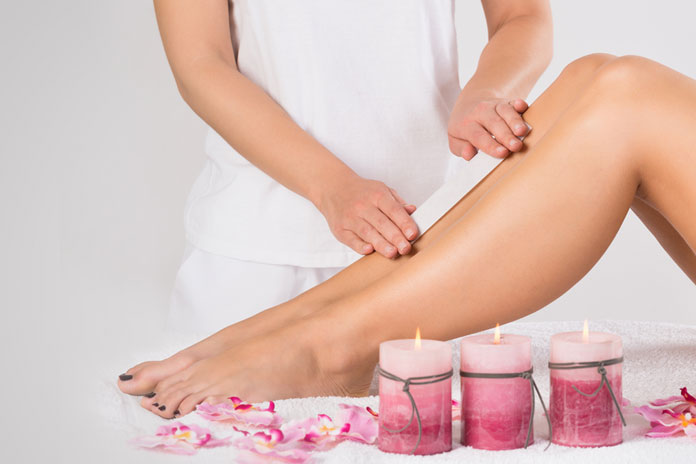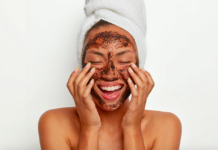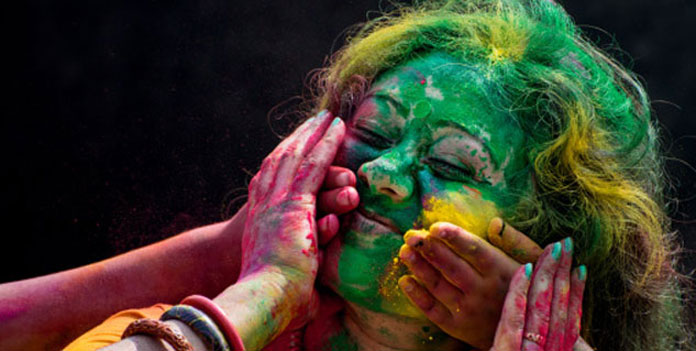Waxing is fabulous at quickly, affordably and safely removing hair from most areas of the body. Waxing lasts longer than shaving, which is the usual alternative. Whilst you’ll be reaching for the razor again within a day or two, with waxing you can be hair free for as long as six weeks.
While some go to waxing salons, this process is completely doable at home -albeit painful, with the risk of painful slip-ups, injuries or infection. But by practicing basic safety precautions and preparing yourself before the waxing, you can avoid all of these painful mishaps.
How to wax yourself in 5 steps
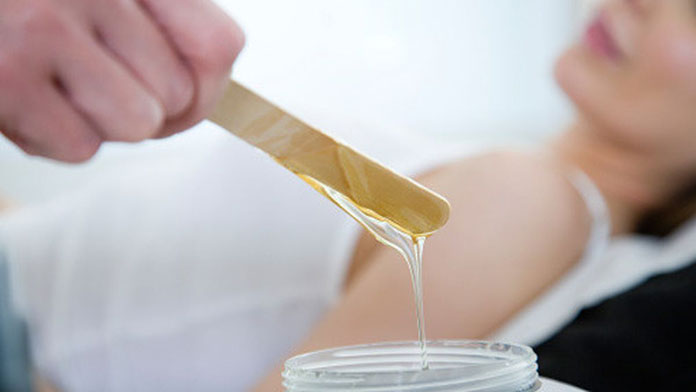
1. Do preparatory work for your skin. Some of the things you can prepare before waxing includes exfoliating, trimming long hair, cleaning then drying the area you’re waxing.
2. Follow the instructions. Begin the process of waxing by heating the wax according to the instructions.
3. Apply the wax. Use a waxing spatula to apply the wax in the direction of hair growth. Begin in small sections to more effectiveness. Leave for a few seconds to cool slightly.
4. Strip off the wax. Grab the end of the waxing gel and rip off the wax against the direction of hair growth. Repeat as necessary.
5. Aftercare. Although it’s not necessary, but aftercare will help ease the pain of waxed skin. Do this by applying a soothing moisturizer with aloe vera. Additionally, you can also mix in a couple of drops of tea tree oil to help ward off infection.
Waxing prep
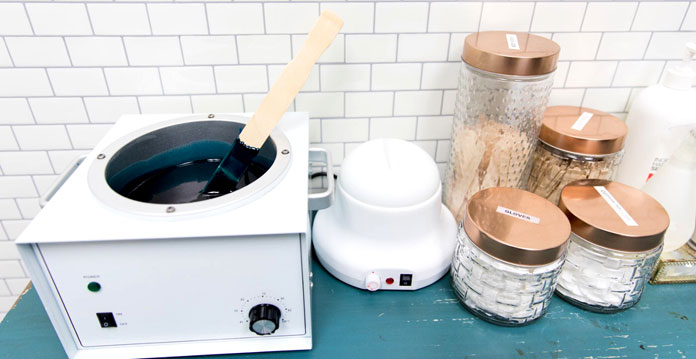
Preparation is needed to make the waxing experience far more pleasant and less painful. Try these tips:
- Buy the suitable product. Depending on the part of the body hair you want to wax, the product also varies. A hot wax kit grips the hair better and suits coarse, pubic hair, whereas cold wax strips are ideal for legs. Yet when it comes to the pits, some prefer hot and others prefer cold. So you may need to experiment to see what works for you.
- Exfoliate your skin. 24 to 48 hours before waxing, exfoliate the skin with body scrub, brush or a loofah to remove the dead skin cells surrounding hair follicles, soften skin, and smooths skin. Neglecting this step can result in nasty ingrown hairs.
- Get your nail scissors ready. Since longer hair can be quite difficult to wax, it would be wiser to trim it down. The American Academy of Dermatology (AAD) recommends leaving 3/4 of an inch of hair length left for waxing.
- Take a bath or shower. If possible, use warm water to open up your hair follicles which would make it easier to remove the hair afterwards. Other than that, doing this could also clean your skin and remove any harmful bacteria, oil, dirt, sweat, or anything else that could stop wax from sticking. Dirty skin could increase your chances of developing painful, infected bumps.
- Do not apply lotions or anything of the sort. Don’t apply anything like moisturizers or deodorants to the area you’re waxing, since it could make the process much more difficult.
- Dry thoroughly. Be thorough when drying your skin, for wax doesn’t stick to wet hair.
- Ease the pain. First-time wax beginners should take 1 or 2 paracetamol tablets 30 minutes or so before you begin. However for advanced users, you’ll know from experience whether you need it or not — it’s your choice.
Waxing Process
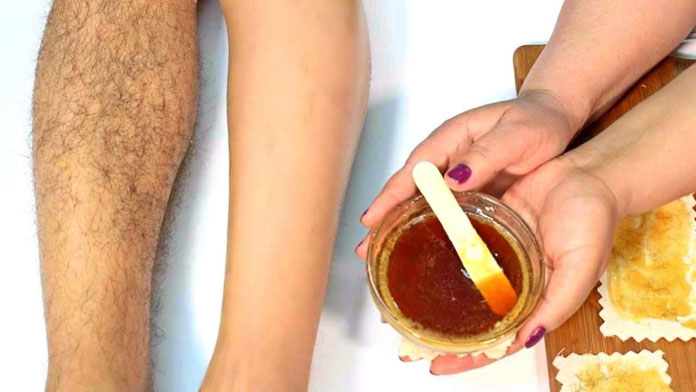
1. Follow the instructions
For those who have opted for hot wax, then there must be heating instructions. Use a wax warmer for those who want to emulate waxing salons to a T, or DIY it by using a double boiler on the stove or a microwave. Whichever method you choose, you need to ensure that the wax is thoroughly mixed with an even temperature throughout. Test the temperature by applying a small drop to the inside of your wrist. Other than that, make sure that it’s warm rather than a temperature that can burn.
2. Find the right position
Depending on the area you’re waxing, you can also decide the position you should hold. There’s not much to be done when facial waxing, while propping a leg up on a chair or side of the bath works well for legs and feet. But if you desire to do a full Brazilian, then you need to think in advance what position works for you. On all fours, spread-eagle, or knees to your chest are all poses you can use.
3. Apply the wax in sections
Start by applying wax to a small section of the skin using a wooden waxing spatula. Afterwards, apply the cloth strip. Don’t forget to apply it in the direction of hair growth. Each layer should be about 1 inch wide and 3 inches long. It’s also essential to let the wax sit for several seconds, so it’s hard but still flexible to the touch.
4. Pull!
Using one hand to hold the skin, use the other to pull off the wax strip in the opposite direction from hair growth. Yes, it’s painful but you get wonderful results afterwards. It can help to take a deep breath and release it when pulling off the wax.
5. And repeat
Repeat the process until all remains of hair has been pulled away.
Aftercare
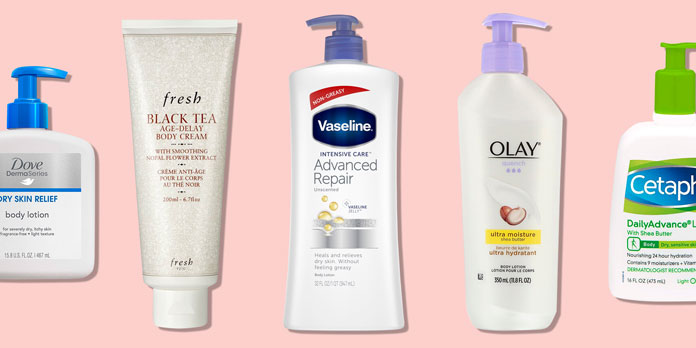
With all the pain you went through to wax your skin, it’s time to treat your inflamed skin with love and respect. As waxing takes a toll on your wallet and is incredibly painful, it’s best to apply the best aftercare post-wax.
- Remove wax residue. If you are a beginner and notice little strings of wax left here and there, you can wipe it off using wipes that come in the kits, or natural oils like coconut or olive.
- Tweeze those hairs. Beginners are also more likely to miss a few hairs here and there despite all the care it goes into waxing. If this happens to you, grab your tweezers and pluck any remaining hairs.
- Soothe angry skin. It’s natural for your skin to feel tender and become red immediately after waxing. Soothe your skin by applying Aloe Vera mixed with a few drops of tea tree oil. The effect will become even more soothing if you’ve kept your aloevera gel in the freezer beforehand.
Exfoliate after 24 hours
You shouldn’t exfoliate your freshly waxed area straight away as the skin is already tender and sensitive. Yet exfoliation is also important to help prevent ingrown hairs and maintain the smoothness of your skin. So wait 24 hours or so and then gently exfoliate with a body or facial scrub. Follow with your favorite moisturizer.
Tip 1: Exfoliating your skin between waxing sessions is a key skincare step.
Tip 2: When it comes to waxing best practices, hair length is key, the rule of thumb is that the growth needs to be about 1/4-inch, no matter where it is on the body.
Do you have any other waxing tips? Share your experience with us in the comments section below!


